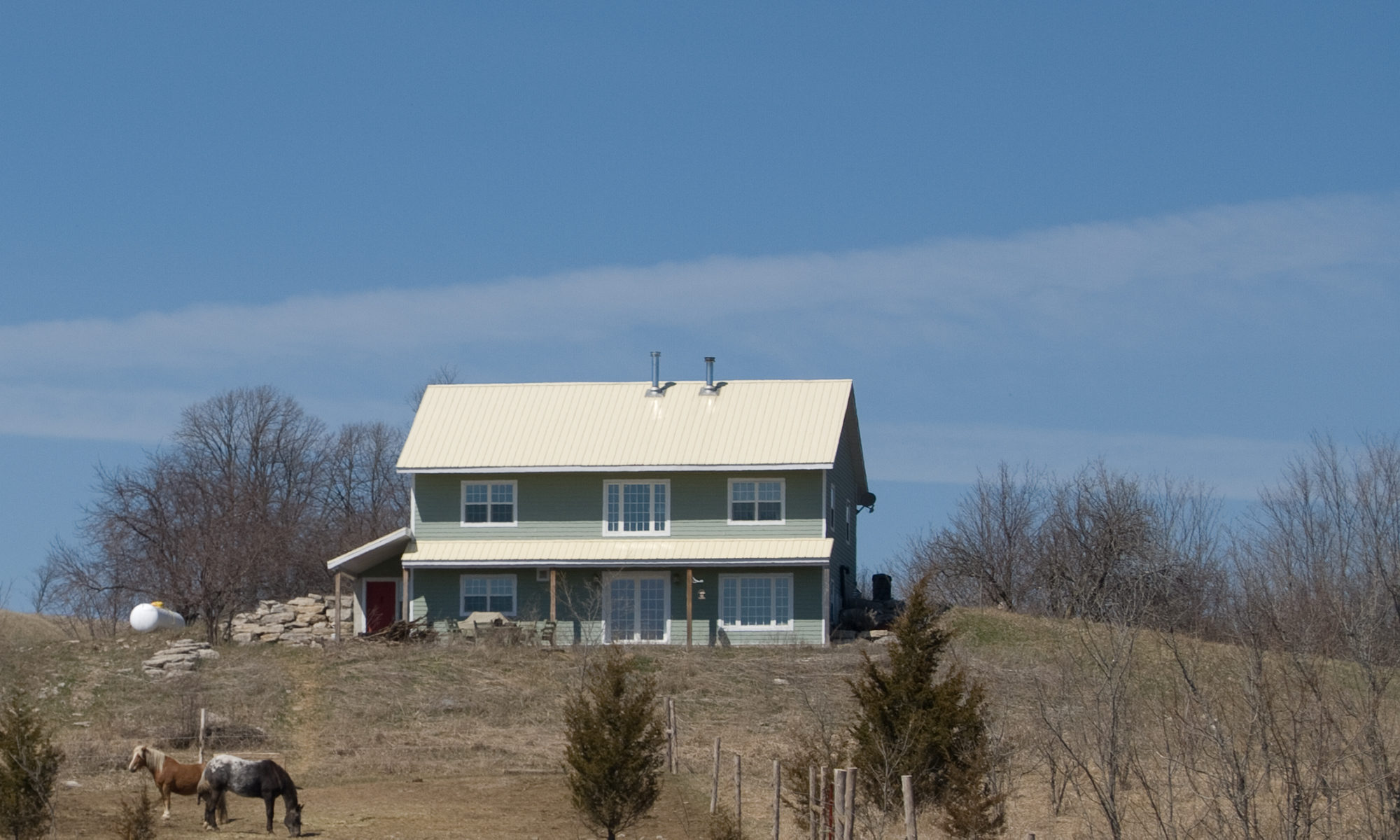Rammed Earth Construction is the ultimate in building with local materials. It is build from earth that is dug up from the building site. The technique consists of building a form, similar to a form used to pour concrete, and then filling the form with a mixture of sand, clay and gravel with portland cement as a binder and then compressing it together with a tamper.
Rammed earth construction has been in use since the neolithic ages and there are archeological sites in China from 5000 BCE where rammed earth was used for walls and foundations. In the past binders such as blood or lime were used.
Rammed earth construction is particularly good in passive solar design, as it has a large amount of thermal mass, which will even out the temperature fluctuation during the day. It also has the advantages of being almost soundproof and fireproof. In some sites, other materials, such as glass or shells are added to the mixture to give it additional texture. It can also be coloured by adding pigments to the mixture. Variations can be created by using different mixture in the various layers. Since the rammed earth is used as the finshed wall, it is very non-toxic, as the materials are soil and cement, so it is a good construction method for those with environmental allergies.
The technique for construction is quite simple. Forms are put in place in the shape of the desired wall and then a damp mixture of sand, clay, gravel and portland cement is placed in the forms four to ten inches deep. The mixture is tamped down with either a mechanical pogo stick tamper, a pneumatic tamper or by hand with a plate tamper until it has been compressed to about half it’s original thickness. Another layer is then put in and the process is repeated until the top of the form is reached. The form is then removed and move up so the process can continue until the desired wall height is reached.
An interesting variation on rammed earth was developed in British Columbia, called SIREwall, which stands for Stabalized, Insulated Rammed Earth wall. In their process, a piece of foam insulation of the desired thickness is placed vertically in the center of the form and the rammed earth is placed on either side around reinforcing rebar and then tamped down using custom selected mechanical tampers. This creates a wall that has an insulated core, but has the thermal mass exposed on the interior and a durable rammed earth exterior protecting the insulation. This results in a wall between 14 and 21 inches thick. The SIREwall process has a protocol that controls the soil consistency, the method of mixing and curing to produce a wall with predictable, cost-effective results.
Properly done, a rammed earth construction will create a building that is weather resistant, soundproof, insect and rodent proof, inexpensive to heat and cool, very comfortable to live in and will probably last for centuries.
